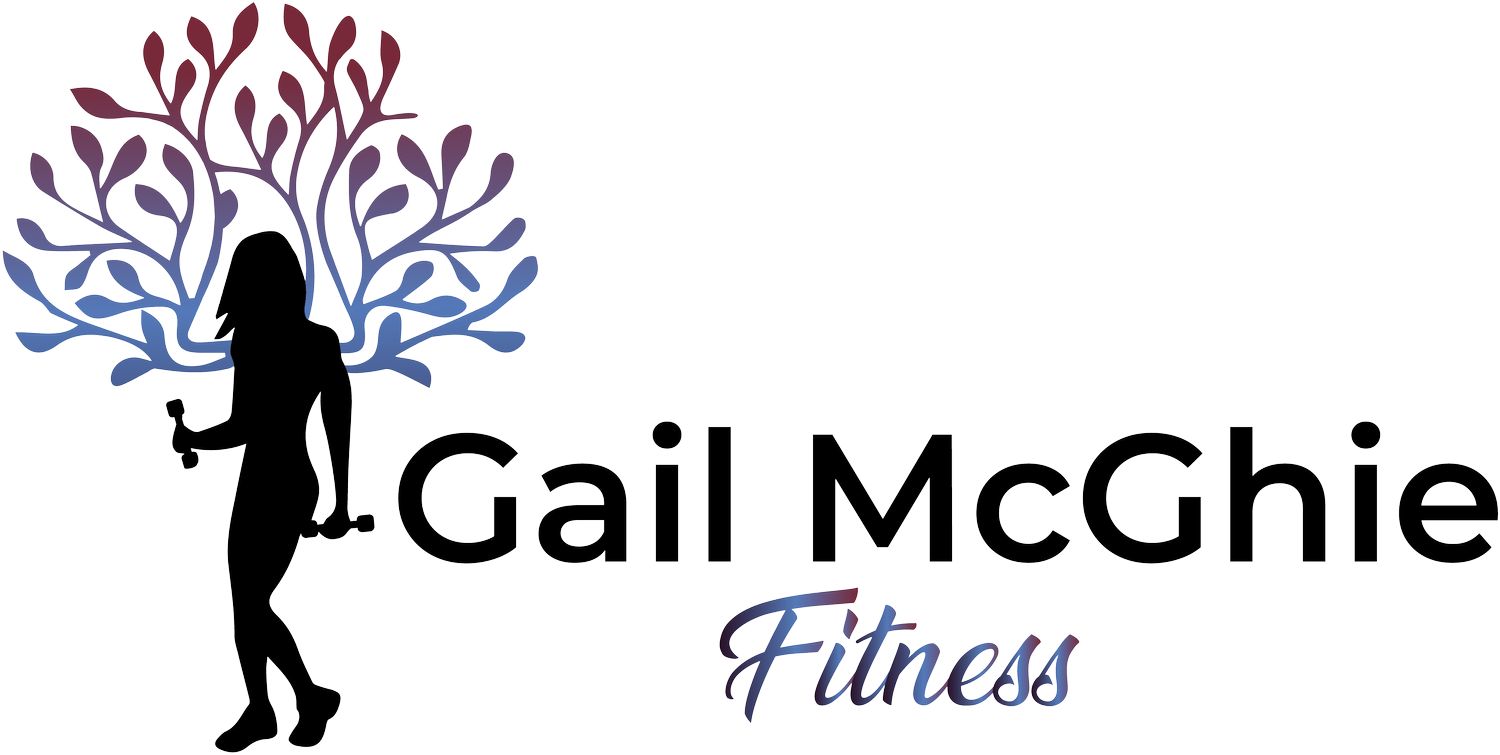Osteoporosis and Your Beautiful Bones
One of the central tenets of aging through the years is to grow old gracefully. I’m a fitness and wellness professional, and please join the happy, healthy fit community and say out loud, 'I’m going to age like a badass.' Living a long life is the intent, but inhabiting a fragile, weak body is not living to the fullest. Fight the aging process and gain power and control in the process. Let's take a closer look at osteoporosis and how to maintain and strengthen your framework and your beautiful bones and muscles.
Osteoporosis is a bone disease characterized by loss of bone mass and structural deterioration of tissue that can lead to fractures of the spine, hip, wrist and other bones. Genetics, nutrition, gastrointestinal disorders, smoking, and a sedentary lifestyle are all risk factors. This condition affects women more than men, and Caucasian and Asian women with smaller bones and stature are more vulnerable. Osteoporosis can cause people to go through their later years being timid and restricted in their movements because they fear falls. Let’s not go there. We don’t have control of our genetics but our nutrition, physical activities, unhealthy habits, and to a lesser extent, our gastrointestinal issues are things we can improve.
As a trainer and health coach, I sometimes see the early signs of low bone density during my first meeting with a client, whether in person or virtual. After taking a family history, confirming a history of fractures, and observing a forward head posture and rounded shoulders, I incorporate targeted exercise to increase bone mass into sessions. I can refer the client to a doctor to have a DXA scan for bone mineral density and skeletal strength. The result is presented by a T score.
-1 and above is normal
-1 to -2.5 indicates low bone density (osteopenia) and is a precursor to osteoporosis.
-2.5 and above indicate osteoporosis.
The type of exercise program chosen depends on the T score. Communication with the doctor for an exercise prescription is essential for the certified trainer or physical therapist when a diagnosis of osteoporosis is confirmed.
The more we use our muscles and bones, the stronger our musculoskeletal system gets. Bones respond to load, and weight-bearing activities are paramount. Muscle power is an essential component of a training program when dealing with osteopenia or osteoporosis. The ability to generate force quickly results in reduced risks of falls and fractures because the muscle responds quickly to keep the body out of danger. Agility drills and trainer set up obstacle courses can mimic the real world and make a person more confident outside and even travel. These activities are also great for keeping the mind sharp.
Weight-bearing activities to strengthen bones:
Strength training exercise- Think-squats, lunges, push-ups, back rows, plies, etc.
Stand instead of sitting. Take the stairs.
Walk. Increase your stride for a progression.
Heel drops-land with a thud and make some noise!
Exercise to improve posture. The forward head kyphotic posture can lead to poor balance.
Exercise and massage your feet. The feet support the entire body from the ground up. Show your feet some love, and your entire body will thank you.
Mobility and flexibility moves keep connective tissue healthy.
Balance training for fall prevention:
Leg strength is vital to staying upright, and balance is a serious component of an osteoporosis program. We can appreciate how important balance is to maintaining independence, considering that falls may result in broken hips and possibly residing in a nursing home. So yes, work on your balancing act as if your life depended on it. Here are some suggested moves:
Weight shifts
Agility ladder drills
Single leg balancing
Tandem walking
Ball toss with progression to a single leg balance.
Other activities can include dancing, hiking, tennis, and jumping rope. Exercises on a mini trampoline are fun and very effective. These activities should be cleared by a doctor or a physical therapist. Activities such as biking and swimming are excellent but are not weight bearing and won’t strengthen your bones.
Certain moves are detrimental and should be avoided:
Avoid spinal flexion. No sit-ups or crunches or forward moves with a rounded back.
Avoid deep spinal side bending or twists and rotation.
Avoid deep hip stretches.
Avoid lifting heavy objects.
Sleep and Nutrition
Are you surprised to see sleep on the list? Hard-pressed to find anything in our lives that is not improved with high-quality, restful sleep. Optimum use of the sleep cycle is essential to the reformation of bone, people who constantly fall into a jet lag sleep pattern will have less bone mineral density over time. So get those z's people! Form a consistent sleep and rise schedule. Your bones are relying on you.
Green leafy vegetables, nuts, dairy products and fish with edible bones are beneficial for bone health. Vitamin D is linked to bone mineral density, and in 2020, chances are that many people were exposed to a lot less sunshine. Get your Vitamin D and calcium levels checked. If low, take the recommended vitamins and enjoy some sunshine. So make it a twofer-get out in the sunshine and exercise. Consider joining a small exercise group of like-minded individuals.
Choose to move every day. Resting is great, but for your body to move well throughout your life-give it some power. Walk, step, jump, lift, stay agile, and build beautiful, healthy bones. Live your best life!





